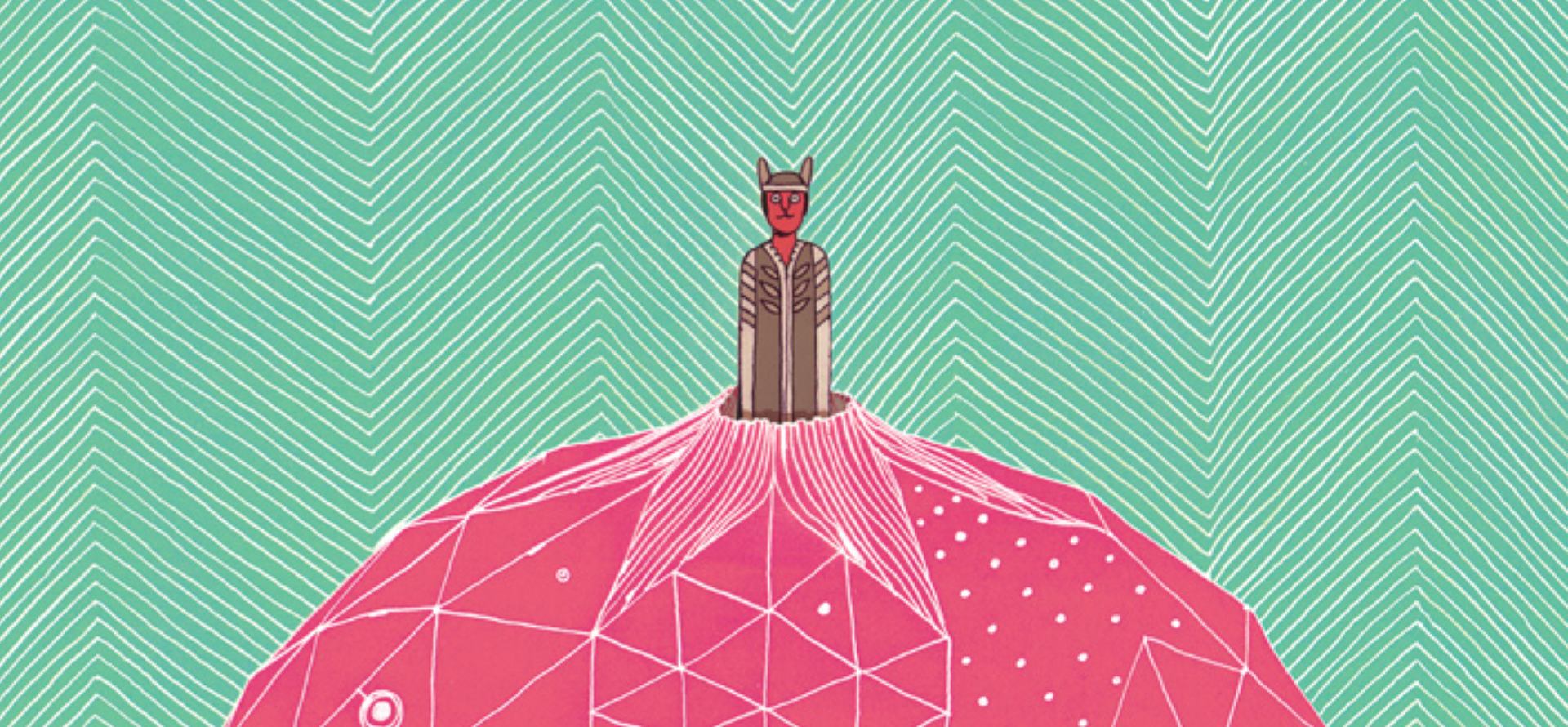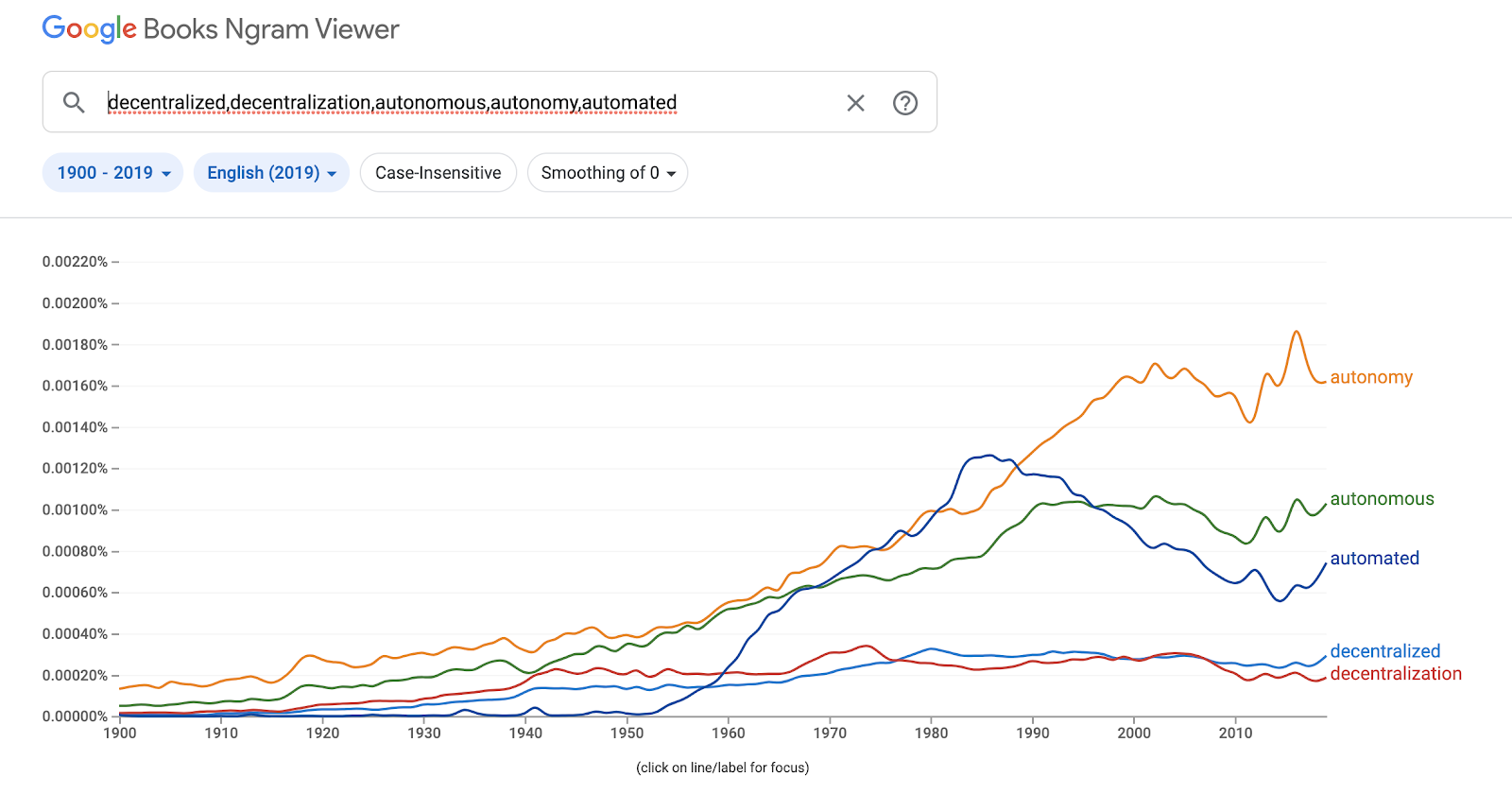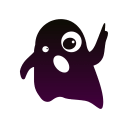
Research briefing for the first working cycle of PrimeDAO
This article is the result of DAO2DAO collaborative research conducted by Token Kitchen, BlockScience and Curve Labs with funding from PrimeDAO. Most of the current research related to DAOs focuses on their internal capabilities, for example, how agents within DAOs interact; while the research purpose of this paper focuses on understanding the complexity of the relationship between DAOs and DAOs. In this brief, we identify background concepts and areas of research application that are relevant to the interactions that are prevalent in a nascent ecosystem with which DAOs must also interact or collaborate. The research so far combines Curve Labs' community reports and related literature reviews, presented as the results of the first phase of cooperation, and laid the foundation for PrimeDAO's subsequent more rigorous research work and analysis.
Summary
This article aims to introduce research that defines DAOs as a new form of non-state actors in the global system."non-state actors"The term comes from the theory of international relations, which is also the natural starting point of this study. This paper proposes that DAOs, in their institutional structure, resemble national and global markets more than corporations or corporations. This similarity has nothing to do with the size of the DAO, but with the mechanism of its operation: higher-level institutions are often units that implement specific interaction patterns (such as a common legal jurisdiction as a backstop for resolving conflicts), and DAOs can operate without embedding operate in the context of this higher-level institution. Therefore, it is necessary for us to understand the tools of international relations (IR, International Relations) and foreign policy.
We don't think Web3 and the institutions it spawns will change politics per se -- politics is inherent in human organisation. A more important question is how to map concepts in the field of international relations to DAO agreements and alliances, so as to better outline how DAO and Web3 will change the global social and economic system. In this article, we will cover several large topics in a "work-in-progress" fashion, sharing the results of our ongoing research with the PrimeDAO community. This report will be divided into three main sections:
The concept and history of DAO
Understand the conceptual model of DAO
2a. Interlayer Model of Institutions
2b. Quantifying Qualitative Phenomena of DAOs
3. Forming a DAO in the context of international relations
3a. Introduction to International Relations
3b. International Relations Research Issues in the DAO Context
first level title
1. The concept and history of DAO
image description

The picture above shows the diverse search trends of the keywords Autonomy and Decentralization. Note that the use of the term "autonomy" predates the use of the term "automated/automation" by decades - even in the pre-computing era. (source: google ngrams)
Let's start with a few definitions:
The definition of "Autonomy" in Wikipedia is:
In developmental psychology and in the philosophy of morality, politics, and bioethics, autonomy refers to the ability to make informed, uncoerced decisions. An autonomous organization or agency is independent or self-governing. Autonomy can also be defined from an HR perspective, which means giving employees (relatively high) discretion in their work. It is well known that autonomy in this context generally increases job satisfaction. Self-actualizing individuals are considered to function autonomously uncontrolled by external expectations.
autonomy should not be associated withautomationConfused, the latter is a technical concept related to the field of control engineering, which includes robotics, but also the broader engineering of systems with non-human or minimal human intervention.
The definition of "Decentralization" in Wikipedia is:
Decentralization is a decentralized process in which an organization distributes and authorizes organizational activities, especially the planning and decision-making of activities, from a central, centralized location or group. The concept of decentralization has been applied as a group dynamics method and management science in the fields of private business and organization, political science, law and public administration, economics, currency and technology.
While the concepts of distributed and autonomous have a long history in political philosophy, this article will begin with Web3 assimilating these terms. It is worth noting that the Web3 community often incorporates the concepts of autonomy and automation when using the term autonomy. From a technical perspective, DAOs contain automation components, or bots, that share similar design features to distributed systems in automated control, such as feedback loops in sensor networks. But from the perspective of political philosophy, the outstanding feature of DAO is autonomy, that is, self-realization at the organizational level.
The concept of DAO in the context of Web3 was proposed by Dan Larimer in 2013. Larimer is also the creator of the term Decentralized Autonomous Corporation (DAC, Decentralized Autonomous Corporation), but the term is usually attributed to Vitalik Buterin, who took Larimer's concept and summarized it, created the term DAO (Decentralized Autonomous Organization). However, the idea of a distributed automaton has been around for a long time — according to Buterin, it was inspired in part by Daniel Suarez's novel Daemon.
In 2013, Larimer compared Bitcoin to a company whose shareholders are Bitcoin token holders and whose "employees" are miners. “Bitcoin has 21 million shares, which are owned by what are considered Bitcoin shareholders. It has employees, and it has an agreement to pay them: 25 BTC to a random employee roughly every ten minutes. It even has its own The marketing department is largely composed of shareholders themselves. However, it also has its limitations. It knows almost nothing about the world except the present; it does not have the ability to change any function, except for adjustment difficulty; and it itself It doesn’t really do anything, it just exists, and the world comes to know it.” Larimer defines native blockchain tokens as “shares in a Distributed Autonomous Corporation (DAC) whose source code defines the rules and regulations. The DAC’s The goal is to earn profits for shareholders by providing a valuable service to the free market.”(LetsTalkBitcoin 2013) While Larimer described a new form of company/business, he also used a number of market metaphors. He fused the concept of the market (external coordination and production) with the theory of the firm (internal coordination and production).
In another essay, Larimer described the DAC as "an efficient metaphor, a distributed system designed to provide efficient products and services to society. If an institution as complex as a bank can be implemented as a DAC, then obviously There are many more things that can be implemented as a DAC."(LetsTalkBitcoin,2013) such as news aggregation, advertising, domain names, patents, copyright and next-generation intellectual property, insurance, courts, escrow, arbitration, anonymous voting authentication, prediction markets or next-generation search engines.
His brother, Stan Larimer, defines a DAC this way: "Running without any human involvement, governed by an incorruptible set of business rules (...) which serve as publicly auditable open-source software distributed across the computers of its stakeholders.” He described Bitcoin as “a shareholder-owned, employee-run, non-profit crypto company!” (LetsTalkBitcoin2013). Stan Larimer mentions Asimov's Three Laws of Robotics (Three Laws of Robotics)。
First Law: A robot shall not injure a human being, or by inaction allow a human being to come to harm.
Second Law: A robot must obey human orders unless it violates the First Law.
The third law: on the basis of not violating the first and second laws, the robot must protect itself.
He mapped these laws onto a DAC, stating that “Bitcoin has demonstrated its ability to credibly enforce a social contract based on a fundamentally inviolable core set of laws”:
Integrity: A DAC must always abide by its own published business rules! Malicious behavior of individual DAC robots will only be blocked collectively, and their perpetrators will also be circumvented. Breaking the rules is futile. Coercion by evil agencies is also futile.
Incorruptibility: Unless it violates the first law, a DAC must not change the rules without the consent of stakeholders! Without the consent of most stakeholders, any source code of DAC shall not be updated. Unless more than half of the total number of members agree to adopt it, even a very small number of DAC robots will have no effect.
Self-preservation: On the basis of not violating the first and second laws, a DAC must protect its own existence!
Buterin adopted the DAC concept and in 2013 (a,b,c) and 2014 (https://blog.ethereum.org/2014/05/06/daos-dacs-das-and-more-an-incomplete-terminology-guide/#:~:text=The ideal of a decentralized,the automaton itself cannot do.) has written extensively on the subject. He imagined a novel form of business automation and described how a company could run without managers, replacing management with software that would be responsible for recruiting and paying people who worked flexibly on a task basis for any type of organization. He defines a DAO as "an entity that lives on the Internet, exists autonomously, but also relies heavily on hiring individuals to perform certain tasks that cannot be performed by automatons themselves." Buterin described the "autonomous agents" (autonomous agents) concept, which does not require human involvement like traditional organizations. While he acknowledges that "building the hardware on which the agent runs may require some level of human effort, it doesn't require any humans to know the agent exists". He cited, for example, computer viruses that replicate from machine to machine without deliberate human action and exist in a manner similar to biological organisms, or distributed self-replicating cloud computing services that can initially be hosted on a virtual private server Run the automation business on the server, then rent other servers, install your own software on them, and join them to the network. Buterin describes a number of autonomous agents of varying ranges of (a) intelligence and (b) versatility. He acknowledged that "autonomous agents are the hardest things to create, and in order to be successful, they need to be able to navigate a complex, rapidly changing, and hostile environment."
Buterin picks up ideas that have been widespread in cybernetics for decades, and how those ideas find expression in science fiction. He describes a distributed organization (DO) as "an organization that automates existing processes with a set of smart contracts. A distributed organization is not a hierarchical structure governed by a group of humans interacting in person, nor is it property controlled through a legal system, but An interaction performed by a group of humans according to a protocol specified in code and executed on a blockchain. A distributed organization may or may not use the legal system to protect its physical property, but even with such operations, This use is also secondary.” He proposes that in “a distributed organization (DO), humans are the ones who make the decisions; whereas a distributed autonomous organization (DAO) makes decisions for itself. In a DAO, Collusion attacks are treated as a bug, and in a DO, it's a feature."
"The Internet allows us to create distributed corporations, where these automata exist entirely as a distributed network on the Internet, performing computations on thousands of servers, keeping them 'alive'". These distributed corporations possess "two abilities: the ability to think and the ability to maintain capital, which is theoretically all that an economic entity needs to survive in the marketplace, provided that its ideas and capital allow it to create But there is still a major challenge in practice: how to actually interact with the world around you.” Buterin introduced the oracle problem of how DAO obtains external data. . He also said: "Computer software is increasingly becoming one of the most important building blocks of our modern world, but until now, the exploration of this field has focused on two aspects: artificial intelligence, that is, software that works purely on its own; The software tools that work under them. The question is: Is there something in between? If so, it's something like the idea that software guides humans, i.e. distributed autonomous corporations." (Bitcoin Magazine, 2013)
In short, Buterin articulates a vision of a world where cyber-physical systems (CPS) are not mere collections of automated components overseen by humans, but rather the embodiment of institutional autonomy and an emerging collective intelligence. Importantly, this vision stands in stark contrast to the state- and corporate-sponsored surveillance superstructures that centrally funded and deployed advanced AI technologies as primary applications: surveillance capitalism in the West, as well as Soviet Cybernetics is the reincarnation of reincarnation incarnated by advanced technology in the East.


